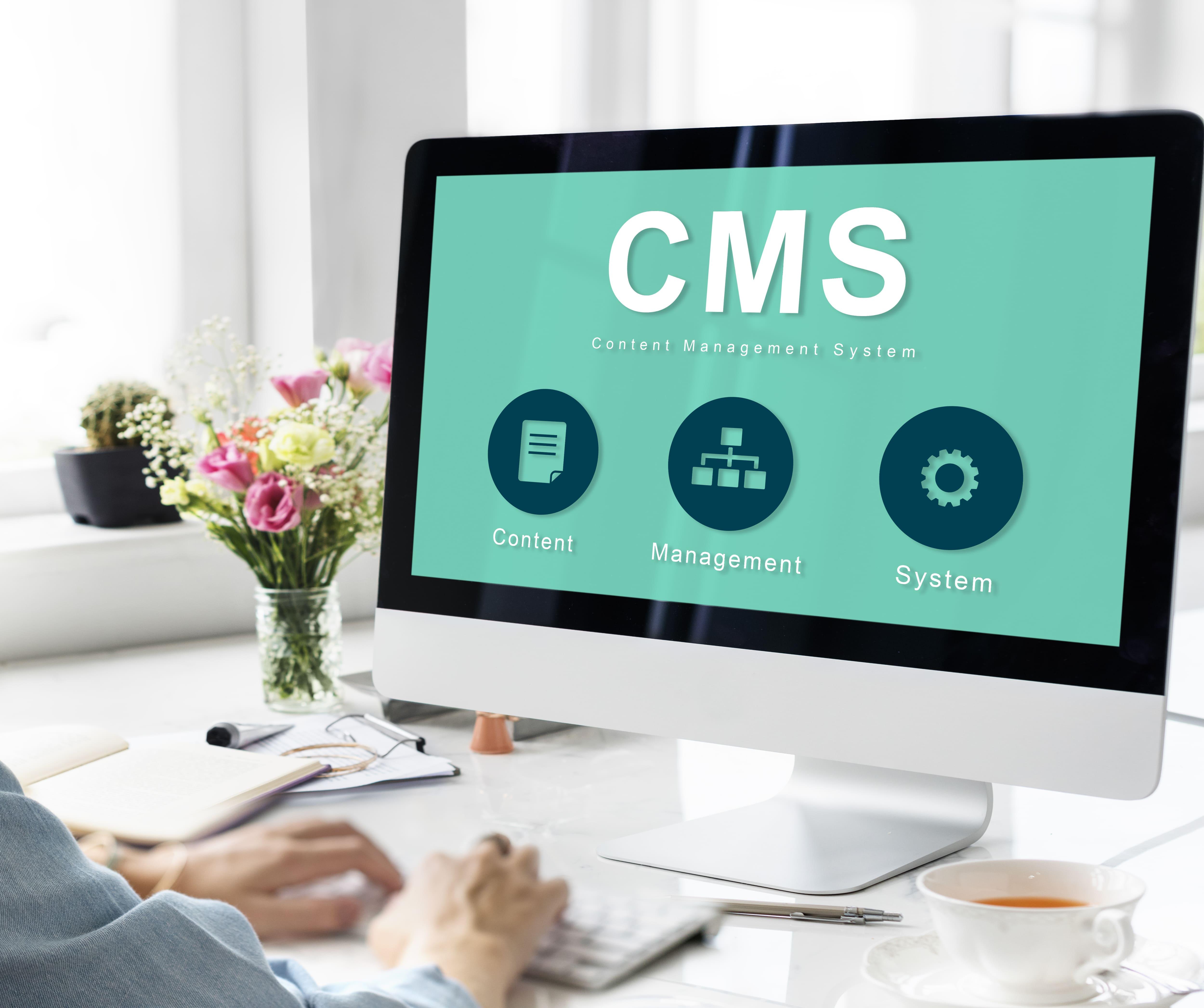Office Address
DSB 267 FF, OPPOSITE AGGARSAIN BHAWAN HISAR 125001
Phone Number
+91 90344-38894
+91 81681 - 38304
DSB 267 FF, OPPOSITE AGGARSAIN BHAWAN HISAR 125001
+91 90344-38894
+91 81681 - 38304

A Content Management System has evolved over the last few years due to a rapidly increasing digital ecosystem. Earlier, a Content Management System (CMS) was considered a software platform that aimed to automate the tasks required to manage and publish content online, i.e., uploading content, formatting it for a webpage, and backstage tasks like improving SEO.
But these days, the role of a content management system is a lot more than managing and publishing content online. The variety and volume of digital content and assets, along with new channels, interfaces, and devices, have exploded over the last few decades.
A web content management system (WCMS) is a content management system (CMS) software that controls the content, mostly HTML content, consumed over several digital channels. With it, you can manage and maintain an extensive, dynamic web material collection (HTML documents and their associated images).
The web content management system is of three types: open-source CMS, commercial CMS, and custom CMS.
2. Digital Asset Management System (DAM)
Digital Assets are the foundation of customer experience (CX). Timely, accurate, and controlled access to digital marketing services is very critical for any organization. It enables the distributed teams to find the right asset to deliver the right customer experience through the right channel.
But without the ability to access, manage, source, organize, harness, reuse, modify, and archive content from a single source – the experience will be broken or delayed. A digital asset management system (DAM) is a tool to centralize assets, content, workflows, and operations across multiple business units, departments, and teams.
3. Enterprise Content Management System (ECM)
An enterprise content management system (ECMS) is a CMS that helps collect, store, deliver, and manage an organization’s unstructured data – email, office, or scanned documents, reports, etc. It enables the organization to deliver the right content to the targeted audiences (business stakeholders, employees, etc.)
An enterprise content management system gives easy content access to all the organization’s stakeholders to make an informed decision and complete any project on time. Also, ECM archives files after a specific retention period to ensure that no unnecessary content takes up space.
4. Component Content Management System (CCMS)
A Component Content Management System (CCMS) is a content management system that focuses on organizing content at a component/granular level. Contrary to page-by-page content management in CMS, CCMS enables organizations to track, manage, and store content in components – words, paragraphs, phrases, or photos. The CCMS is ideal for media publishing companies publishing content across mobile, print, and PDF platforms.

Content Management System (CMS) Features
Every organization’s business needs vary, and to choose the best CMS Development services platform, you must ensure its features map your business goals and needs. However, at the core, some key CMS features are or should be familiar to every content management system.
The following is a list of the ten must-have CMS features that can help you build and maintain a website:
A content management system is not just a tool; instead, an approach that provides enterprises with a single platform to manage all the digital assets, thereby eliminating the requirement to juggle multiple technologies.
Here are the benefits you can expect from a content management system:
1. Multi-channel Management
Today, the digital landscape is rapidly increasing. An organization may have the leading site, accelerated web pages, a few microsites for events and campaigns, an app, and in-context kiosks to deliver a seamless user experience.A content management system enables you to view, edit, and publish content to all your digital channels without accessing various systems and accounts for each touchpoint. For instance, content common to both the website and your eCommerce development services can be pushed simultaneously, thereby negating the requirement to input information more than once, which can lead to an error.
2. Security
With the advancement in digital technologies, the threat of a data breach also hovers over businesses, making security a vital consideration for any website. No one can ever guarantee complete website security; however, top CMS platforms always keep themselves updated to deal with significant security issues.
3. Increased User-Friendliness
Deprived of a content management system, each team member will have to get acquainted with the working of each tool to complete a single task in multiple ways. It can result in frustration for users who understand what they want to do but must figure out how a particular system handles such a task.

Traditional content management systems with coupled architectures struggle to meet the ever-evolving requirements of delivering an orchestrated experience that spans beyond conventional web and mobile app channels into emerging channels.
Thus, choosing the right CMS architecture for your next project is vital to your content operation regarding what is possible and how it gets done.
So, how does a content management system work? The CMS software includes multiple application layers. The purpose of application layers is to support CMS functionality and guide how different software parts connect.